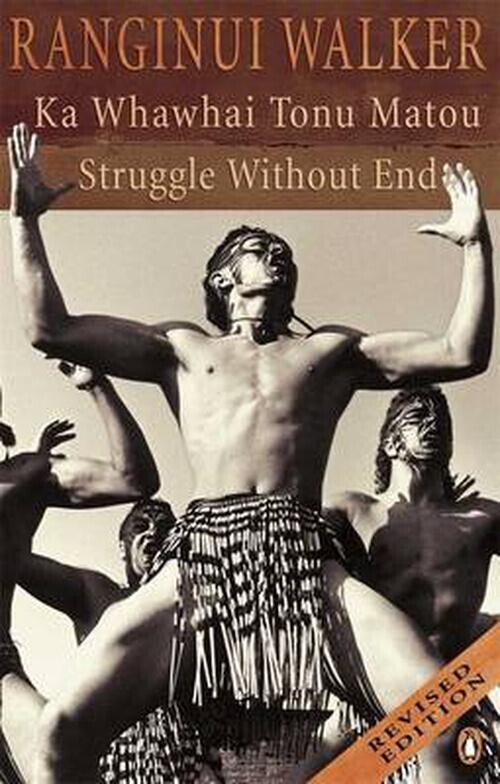Te Tiriti and the abyss of meaning
Three decades ago one of the giants of New Zealand thinking and writing, Ranginui Walker, published Ka Whawhai Tonu Mātou, Struggle Without End. The book, originally released in 1990 and revised in 2004, is a history of Aotearoa from a Māori perspective. It had a profound influence and today remains as piercing and illuminating as ever. Below, an excerpt from the chapter headed ‘Tauiwi’.
First published February 6, 2021
In 1831, under missionary guidance, 13 leading chiefs in the North petitioned the King of England to provide some form of control over British nationals in New Zealand and protection from the possibility of other foreign intervention. A token gesture was made to the request by the appointment of James Busby as British Resident. Although Busby had no power to enforce law and order, he symbolised an official British presence in the country and the initial step towards formal annexation. As a consequence of the impounding in Sydney of a New Zealand-built ship for not flying an ensign, the master of the vessel was forced to fly a Māori mat from the masthead before it was allowed to sail. In response to that event, one of Busby’s first official acts, in 1834, was to convene a meeting of 25 chiefs in front of his residence at Waitangi to select a flag for their country. The meeting concluded with a ceremony hoisting the chosen flag beside the Union Jack, an act signifying recognition of Māori sovereignty over New Zealand.
Link to article: Ranginui Walker: Te Tiriti and the abyss of meaning | The Spinoff




